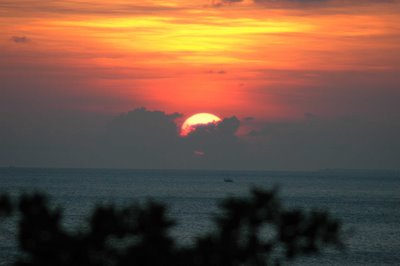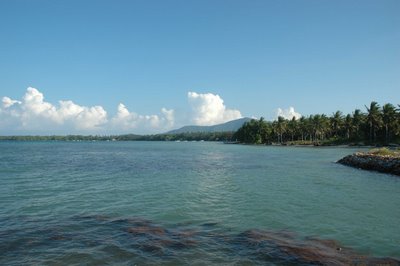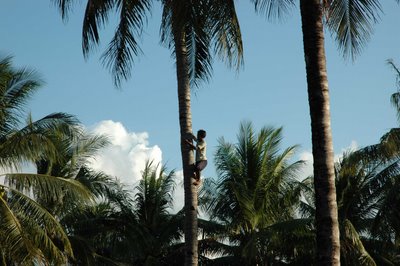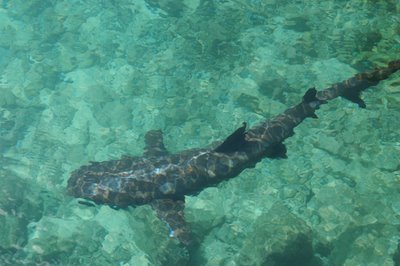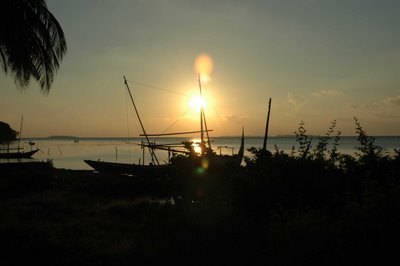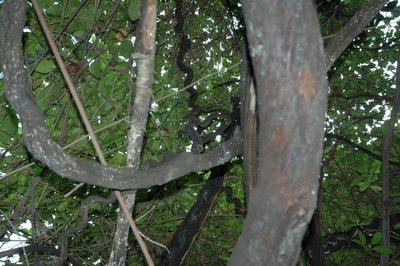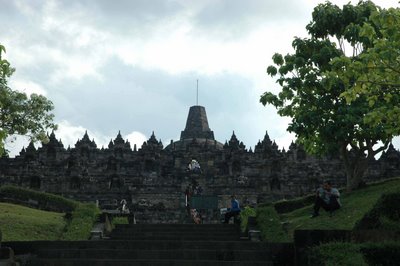 I say....I have been visiting this wonderful temple for more than ten times in my life, but I've never get bored of coming back. I always miss the magical feeling that I feel when I am down, strolling along the long path to climb up, then feel the breeze as I walk onto the stone steps, and end in serenity of the blue and green view, with a very peaceful atmosphere around.Experts say....The Borobudur Temple is considered as one of the seven wonders of the world. This is the largest buddhist monument in the world. This temple is located at Borobudur District, South of Magelang, Central Java, Indonesia.
I say....I have been visiting this wonderful temple for more than ten times in my life, but I've never get bored of coming back. I always miss the magical feeling that I feel when I am down, strolling along the long path to climb up, then feel the breeze as I walk onto the stone steps, and end in serenity of the blue and green view, with a very peaceful atmosphere around.Experts say....The Borobudur Temple is considered as one of the seven wonders of the world. This is the largest buddhist monument in the world. This temple is located at Borobudur District, South of Magelang, Central Java, Indonesia.
The expression of experts who had been studying Borobudur Temple varied someway. Bernet Kempers' expression was: “Borobudur is Borobudur”, meaning that Borobudur Temple is very unique in her own way. Nieuwenkamp (an artist) imaginated Borobudur as “a big lotus flower bud ready to bloom” which was “floating” on a lake. Nieuwenkamp’s imagination was supported by N. Rangkuti (1987) that from the air, the Borobudur Temple looks floating. From the geological studies, experts were able to prove that Borobudur area was one time a big lake. Most of the villages around Borobudur Temple were at the same altitude, 235 meters above the sea-level. The same altitude included the Pawon and Mendut temples. Thus the area under 235 meter altitude was below the lake water level.Based on the inscription dated 842 AD, Casparis suggested that Borobudur was one time a place for praying. The inscription stated a phrase such as: “Kawulan i Bhumi Sambhara”. Kawulan means the origin of holiness, “bhumi sambhara” is a name of a place in Borobudur. Paul Mus stated that Borobudur Temple had the structure of stupa (conical form) with double expression. As a whole, the Borobudur Temple was an open-flat stupa, but on the other hand, the temple expressed the idea of a “closed world”. The latter expression could be felt when one is already inside the temple. Whenever person is inside the temple, his or her view will be limited to high walls full on relieves, the verandah is always squared in such a way that one could not see other parts of the temple, even in a same floor. The same feeling happened if one stood on arupadhatu round platform, he or she will have a wider view only on that level, but are not able to see the lower level nor the upper level like the one on rupadhatu and kamandhatu. It could be said that Borobudur is a symbol of cosmic mountain covered by the sky roof, a specific world that could be reached through isolated alleys as stages. The closed structural design of the temple expressed the concept of a closed world, not just a technical reasons as had been suggested by other experts ( Daud AT, 1987)
Borobudur was built by Sanmaratungga in the 8th century, and belongs to Buddha Mahayana. Borobudur was revealed by Sir Thomas Stanford Raffles in 1814. The temple was found in ruined condition and was buried.
The overall height was 42 meters, but was only 34.5 meters after restoration, and had the dimension of 123 x 123 meters (15,129 square meters). There were 10 floors. The first floor up to the sixth floor was square form, the seventh to the tenth floor were round form.
Borobudur is facing to the East with a total of 1460 panels (2 meters wide each). Total size of the temple walls was 2500 square meters, full of relief. The total number of panels with relief was 1212. According to investigations, the total number of Buddha statue was 504 including the intact and damaged statues. The temple undergone restoration from 1905 to 1910, and the last restoration was done in 1973 to 1983.
 I say...from above, we can see the blue sky and the green hills that streched along the horizon, on the green carpet of beautifully-lushed rice fields and tropical plantations...
I say...from above, we can see the blue sky and the green hills that streched along the horizon, on the green carpet of beautifully-lushed rice fields and tropical plantations...
experts say...
Structural Design of Borobudur TempleEver since the first excavation, most experts speculated on the exact shape of the temple. Hoenig, in his book “Das form problem des Borobudur” speculate that the original form of Borobudur Temple had four gates and nine floors.
The form of Borobudur Temple is similar to temples found in Cambodia. According to Parmenteir, the huge single stupa on top of the temple made the smaller stupas in the lower part looked drowned.
Stutterheim who had been studying stupas in India and other parts of Asia concluded that the stupa structure was an Indian origin. The original purpose of stupa building was as storage of Buddha Gautama and other holy priests cremation ash.According to Stutterheim, the overall form of Borobudur Temple is a combination of zigurat (middle Asian Pyramid) and Indian stupa. Stutterheim opinion was supported by the existence of this type of form in Ancient Javanese literature.
expert's source :http://www.etm.pdx.edu/htliono/borobudu.html
 You might guess that the beach pictured above is one of those beaches in world-known tourism spots. You might guess that it's Bali, Lombok, or maybe some of those famous beaches in Thailand.
You might guess that the beach pictured above is one of those beaches in world-known tourism spots. You might guess that it's Bali, Lombok, or maybe some of those famous beaches in Thailand. You might guess that the beach pictured above is one of those beaches in world-known tourism spots. You might guess that it's Bali, Lombok, or maybe some of those famous beaches in Thailand.
You might guess that the beach pictured above is one of those beaches in world-known tourism spots. You might guess that it's Bali, Lombok, or maybe some of those famous beaches in Thailand.













